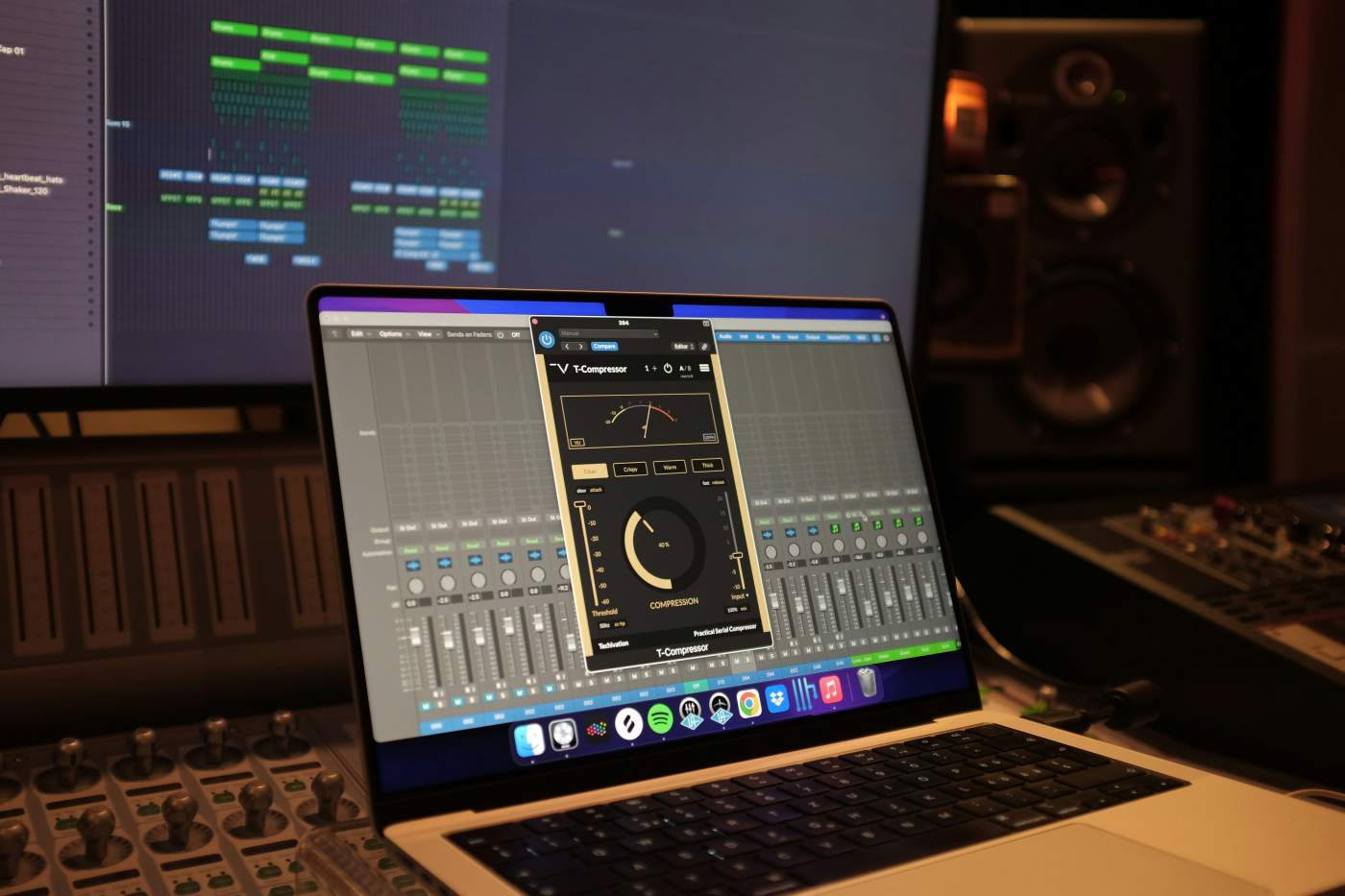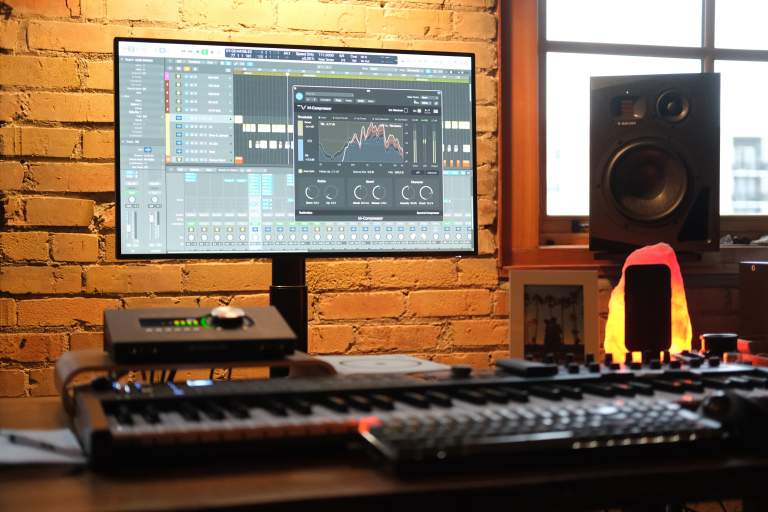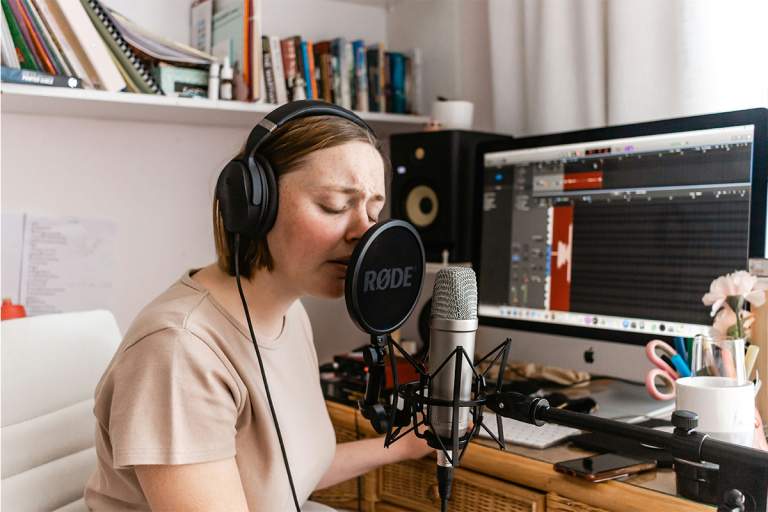Arranging a music piece is a creative process that gives it character, depth, and clarity. It involves the art of combining various musical elements, such as melody, harmony, rhythm, texture, and instrumentation, to create a cohesive and thoughtfully designed sound.
Key Steps and Techniques in Arranging a Music Piece
- Song Analysis: Before you start arranging, it’s crucial to understand the structure and melody of the piece. Analyze the melody, harmony, rhythm, and lyrics to identify which elements need enhancement or modification.
- Defining the Objective: Consider the effect you want to achieve with the arrangement. Do you aim to give the piece a more dynamic character or a more intimate and subtle atmosphere?
- Instrumentation Choices: Select instruments that best suit the character of the piece. The choice of instrumentation can significantly affect the perception of the piece. Experimenting with different combinations of instruments can help you achieve the desired effect.
- Adding Layers: Incorporating various sound layers, such as keyboard chords, string sections, bass lines, or vocal harmonies, can add depth and richness to the piece.
- Dynamic Variation: Manipulating dynamics—volume and silence within the piece—can help build tension and emotion. Balance quiet and loud moments to keep the listener engaged.
- Structure Development: Consider adding new sections, changing chords, or modifying the melody to create a more dynamic form. Intro, verse, chorus, transitions, and endings are often subject to various modifications to make the piece more diverse and interesting.
- Vocal Arrangement Experimentation: If the piece includes vocals, experiment with different vocal arrangements, such as harmonies, layered recordings, or sound effects, to enrich the sound.
- Attention to Detail: Details can make an arrangement exceptional. Focus on every element of the piece, aiming to find the best solution for each sound and passage.
- Experimentation and Iteration: Don’t be afraid to experiment with different ideas and be open to changes. Arranging is an iterative process that may require many trials and errors to achieve the desired effect.
- Final Assessment: After completing the arrangement, listen to the piece critically. Did you achieve your intended goal? Does the piece sound cohesive and interesting? If not, further adjustments might be necessary.
Remember, arranging is a subjective process that depends on the creator’s personal taste and vision. There is no single “correct” way to arrange a piece, so it’s important to remain open to experimentation and personal ideas.
Personal Experience in Music Arrangement
Allow me to share a personal example. Besides creating and producing music, I have also been playing the guitar for many years. In my work as a sound engineer, my knowledge of music production and creation allows me to support clients in a much broader spectrum, ultimately leading to better results.
Arranging music is a fascinating and patience-demanding process that allows you to express your creativity and interpretation of the musical message. Whether you are a musician, producer, or sound engineer, exploring various arranging techniques can be not only satisfying but also inspiring. This topic is crucial for those involved in creating and producing music, and even for those engaged in mixing and mastering, understanding this process is equally important.











